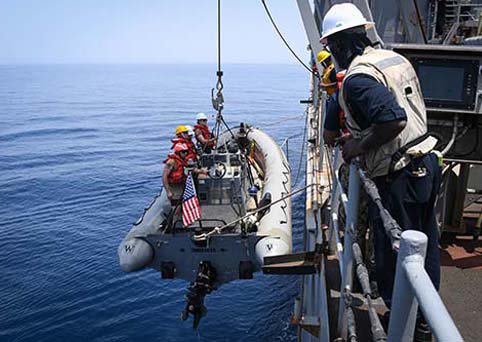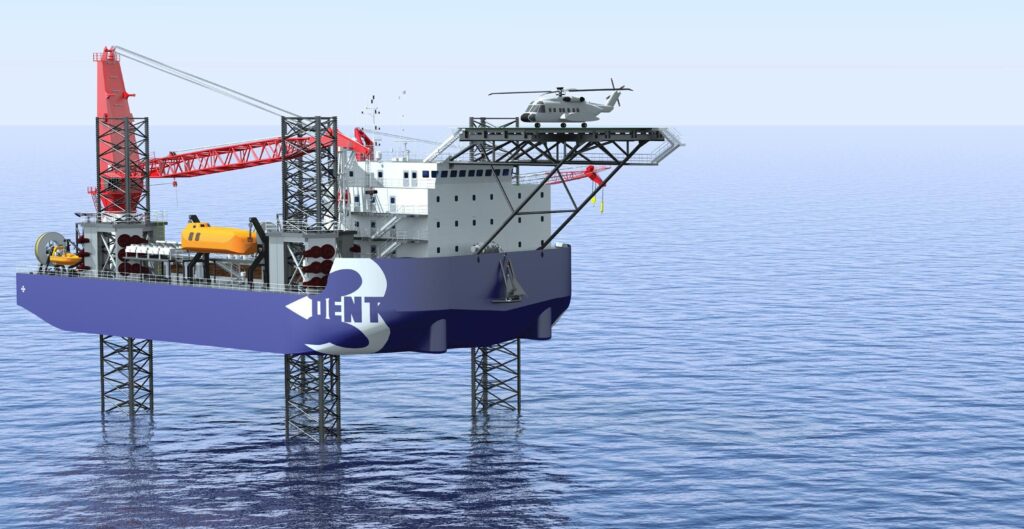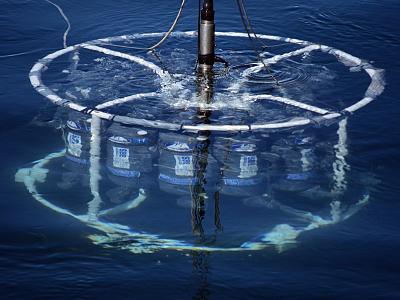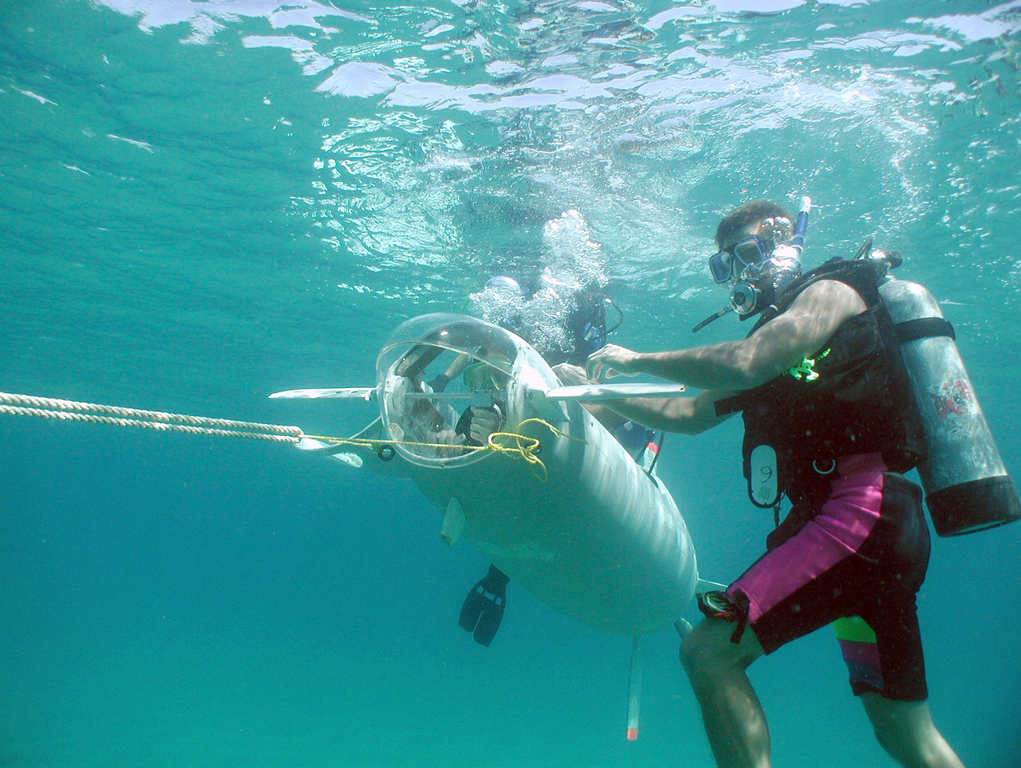Climate change refers to long-term shifts in average weather patterns that have come to define Earth’s local and global climates. These changes are primarily driven by human activities, such as the burning of fossil fuels (e.g., coal, oil, and gas), deforestation, and other land-use changes.
The main driver of climate change is the increase in atmospheric concentrations of greenhouse gases (GHGs), such as carbon dioxide (CO2), methane, and nitrous oxide. These gases trap heat from the sun in the Earth’s atmosphere, which causes the average temperature of the planet to rise. This process is known as the greenhouse effect.
The effects of climate change are widespread and far-reaching, and include rising global temperatures, more frequent and intense heat waves, sea-level rise, and more frequent and severe weather events, such as hurricanes, droughts, and floods. Climate change is also having significant impacts on ecosystems and biodiversity, leading to changes in the distribution and behavior of plant and animal species, and altering ecosystems and their ability to provide vital services, such as pollination and pest control.
The impacts of climate change are also being felt by human societies, particularly by those who are most vulnerable, such as low-income communities, indigenous peoples, and small island states. Climate change is exacerbating poverty and undermining efforts to achieve sustainable development. It is also a major threat to global security, as the impacts of climate change can contribute to social and political instability, and increase the risk of conflict.
Addressing climate change will require a significant global effort to reduce GHG emissions and transition to a low-carbon, sustainable future. This will involve transitioning to clean and renewable energy sources, such as wind, solar, and hydropower, improving energy efficiency, and adopting low-carbon agricultural and transportation practices. It will also require investment in adaptive measures to help communities, particularly those in developing countries, cope with the impacts of a changing climate.
Causes of Climate Change
The main cause of climate change is the increase in atmospheric concentrations of greenhouse gases (GHGs), such as carbon dioxide (CO2), methane, and nitrous oxide, which trap heat from the sun in the Earth’s atmosphere, causing the average temperature of the planet to rise.

The primary human activities that contribute to climate change are:
- Burning of fossil fuels: The burning of coal, oil, and natural gas releases large amounts of carbon dioxide and other GHGs into the atmosphere, accounting for about 78% of total GHG emissions.
- Deforestation and land-use changes: Deforestation and other land-use changes, such as the conversion of forests to agricultural lands, cause carbon dioxide to be released from the trees and soil, and reduce the amount of carbon dioxide that can be absorbed through photosynthesis. Deforestation and land-use changes account for about 12% of total GHG emissions.
- Agricultural practices: Agricultural practices, such as the use of fertilizer and the cultivation of livestock, release methane and nitrous oxide into the atmosphere.
- Industrial processes: Industrial processes, such as the production of cement, iron and steel, and chemicals, also release GHGs into the atmosphere.
- Waste: Landfills and wastewater treatment facilities release methane, a potent GHG, into the atmosphere.
In addition to these human activities, there are also natural sources of GHGs, such as volcanic eruptions, wild fires, and the decay of organic matter. However, the magnitude and speed of current climate change far exceed the natural variability of the Earth’s climate, and are primarily driven by human activities.
The accumulation of GHGs in the atmosphere is causing the Earth’s temperature to rise, leading to a range of impacts, including rising sea levels, more frequent and intense heat waves, and more frequent and severe weather events. These impacts are already being felt by communities around the world, and are projected to worsen unless action is taken to reduce GHG emissions and transition to a low-carbon, sustainable future.
How has Climate Change affected Ocean Engineering?
Climate change has had significant impacts on ocean engineering, including:
- Sea-level rise: One of the most well-known impacts of climate change is the rise in global sea levels. This rise is caused by the thermal expansion of seawater and the melting of glaciers and ice caps. This is causing coastal flooding and erosion, and is threatening coastal infrastructure, including ports, harbors, and coastal defense structures.
- Increased ocean temperatures: The rise in global temperatures is causing ocean temperatures to rise as well. This is affecting ocean currents and the distribution of fish and other marine species, leading to changes in the distribution and behavior of plant and animal species, and altering ecosystems.
- Increased ocean acidification: The absorption of atmospheric carbon dioxide by the ocean is causing the pH of seawater to decrease, leading to ocean acidification. This is affecting the ability of marine species, such as shellfish, to build and maintain their shells, and is threatening the health of coral reefs and other important ecosystems.
- Extreme weather events: Climate change is leading to more frequent and intense weather events, such as hurricanes and typhoons, which can have significant impacts on ocean engineering structures, such as offshore oil rigs and shipping lanes.
- Changing wave patterns: Climate change is affecting the patterns of ocean waves, leading to changes in wave height, frequency, and direction. This is affecting the design and operation of offshore structures, such as wind turbines and oil platforms, and is increasing the risk of damage and failure.

Ocean engineers and other experts in the field are working to address these impacts and develop new technologies and approaches to ensure the sustainable use of the ocean. This includes the development of new materials and construction techniques, the use of renewable energy technologies, and the design of offshore structures that are more resilient to the impacts of climate change. It also involves the integration of climate change considerations into coastal planning and management, to ensure that coastal communities and infrastructure are better prepared for the impacts of a changing climate.
Measures
There have been several measures taken to prevent the ill effects of climate change on ocean engineering, including:
- Reducing greenhouse gas emissions: One of the most important measures to prevent the impacts of climate change on the ocean is to reduce greenhouse gas (GHG) emissions, which are the primary cause of global warming and ocean acidification. This can be done by transitioning to cleaner and more sustainable energy sources, such as wind and solar power, and by improving energy efficiency in all sectors of the economy.
- Sustainable ocean practices: Implementing sustainable ocean practices, such as responsible fishing and shipping practices, and reducing ocean pollution, can help to maintain the health and productivity of ocean ecosystems and reduce the impacts of climate change on marine species.
- Coastal adaptation and protection: Coastal adaptation and protection measures, such as sea walls, dikes, and mangrove forests, can help to reduce the impacts of sea-level rise, coastal erosion, and extreme weather events on coastal communities and infrastructure.
- Renewable energy technologies: Developing and deploying renewable energy technologies, such as wind turbines and ocean energy systems, can help to reduce GHG emissions and provide clean and sustainable energy sources.
- Climate-resilient ocean infrastructure: Designing ocean infrastructure, such as ports, harbors, and offshore structures, to be more resilient to the impacts of climate change is critical for ensuring the sustainability of ocean-related activities and for reducing the risk of damage and failure of these structures.
- Research and monitoring: Investing in research and monitoring programs to better understand the impacts of climate change on the ocean and to inform decision-making is essential for ensuring that we are prepared for the challenges that lie ahead.

These measures are necessary to ensure the long-term sustainability of the ocean and to protect ocean-related industries, coastal communities, and ecosystems from the impacts of a changing climate. By taking action now, we can reduce the risks of climate change and build a more resilient and sustainable future for the ocean and for future generations.
Conclusion
In conclusion, climate change is having a profound and far-reaching impact on the ocean, with significant implications for ocean engineering and the industries and communities that depend on it. From sea-level rise and increased ocean temperatures to increased ocean acidification and extreme weather events, the ocean is facing a range of challenges that require our attention and action.
To prevent the ill effects of climate change on the ocean and on ocean engineering, it is essential that we take a multi-faceted approach that addresses the root causes of climate change, while also taking steps to reduce its impacts. This includes reducing greenhouse gas emissions, implementing sustainable ocean practices, protecting and adapting our coastal communities and infrastructure, deploying renewable energy technologies, designing climate-resilient ocean infrastructure, and investing in research and monitoring programs.
By taking these measures, we can ensure the long-term sustainability of the ocean, protect our coastal communities and industries, and build a more resilient and sustainable future for all. Climate change is a global challenge that requires a collective and sustained effort from all sectors of society, and it is up to all of us to take action now to prevent its ill effects on the ocean and on future generations.












